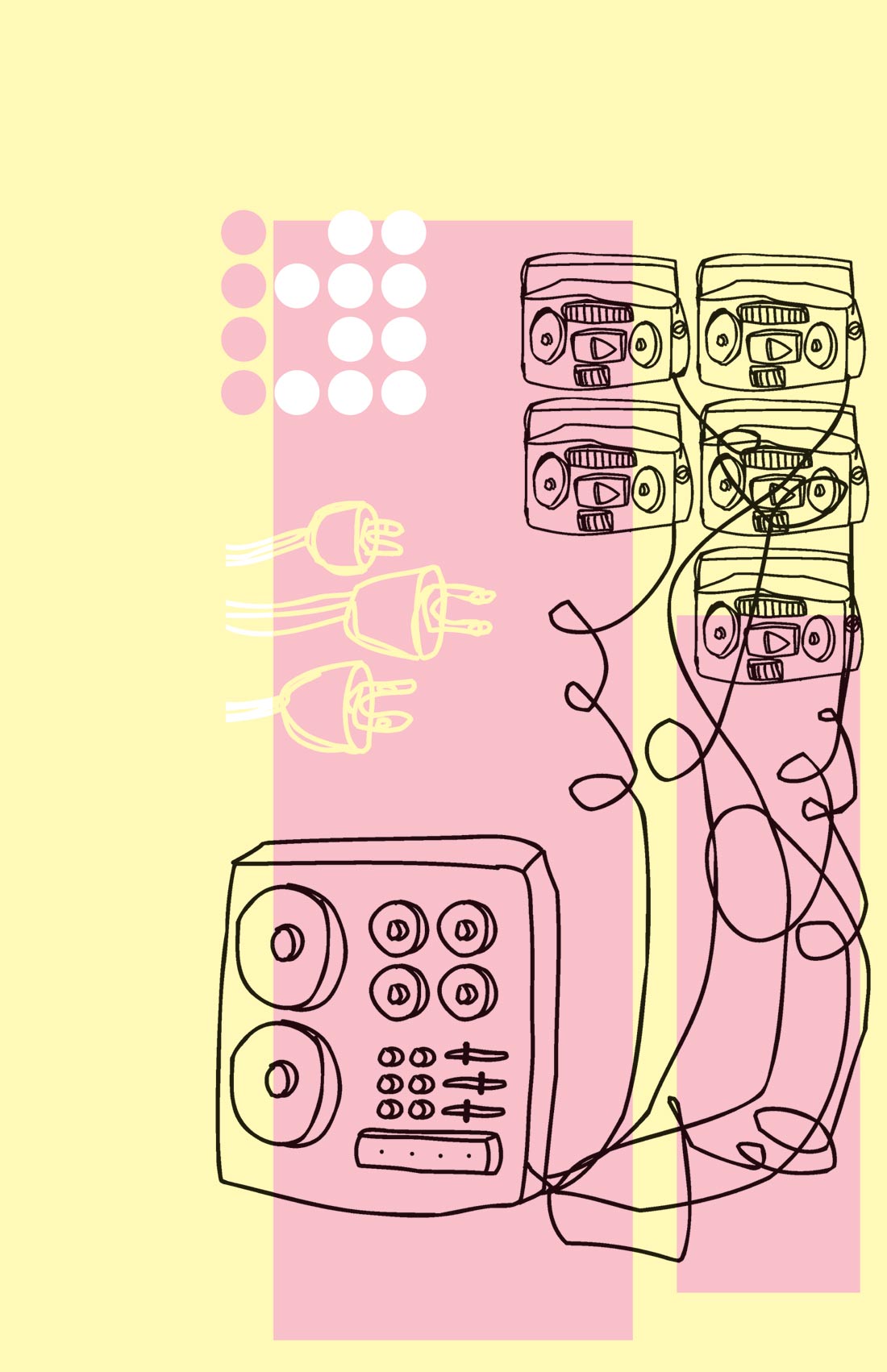In 1993 Lexicon came out with a couple of effects processors, the JamMan and the Vortex, that seemed to be here one moment and gone the next. The former is an incredible looping delay, possibly one of the first of its kind, and the latter was a stereo "audio morphing" effects processor. I first encountered the Vortex in 1997 and thought to myself, "What the hell is this thing". I quickly forgot about it until last year when I was at a friend of mine's home studio and he played me some music that he did using his Vortex. I was blown away. A couple of months later he decided to sell it and I snatched it up. It has now become an indispensable part of my home studio. According to the manual, "Vortex effects are organized into sixteen pairs of presets. Each consist of multiple modulation and delay functions, and each has its own distinctive sonic signature. Some are based on combinations of classic effects, such as echo, rotary speaker, autopan, and chorus, while others defy verbal description." You can store up to 32 of your own programs, or you can choose to use Lexicon's 32 preset channels, or you can use both. This is where the morphing comes in. The best description of this feature I found was on the internet: "Morphing is a complete parametric and algorithmic restructuring of two independent effects, rather than a simple crossfade and you can morph between any two effects you have created." As one channel crossfades into the next the ensuing sounds are amazing. If programmed just right, or controlled manually with an expression pedal, morphing can simultaneously enhance rhythmic and sonic textures. An added plus, as if there weren't enough already, is the tap tempo. Vortex has two independent delay loops that you can program to create all sorts of polyrhythms. The end result can range from the swirly to the chaotic, depending on what you are going for. Quite a cult has built up around this unit. There are several places on the Internet to find out more about it. I recommend starting with the Vortex database on Loopers Delight: www.loopers-delight.com/tools/vortex/vortex.html. All of their links point to pretty much everything you need to know. "Where can I find one?", you ask. I would try eBay for starters. They usually go for around $200 and it always seems like they have one or two being auctioned off. The classifieds on Harmony Central or in your local papers are also good places to look. Let is also be known that Lexicon still supports many of its discontinued products. You can get both the Vortex's manual (available as a free download at www.lexicon.com/downloads/ vortex_downloads.asp), which you will need, and power supply from their online store: www.lexiconstore.com. As you can see, Vortex is no ordinary effects processor. Unlike, say the Line 6 Modulation Modeler, it allows you to create your own relative versions of preexisting sounds. It is not trying to recapture the glory of old school stomp boxes, it begs you to be inventive. However, Vortex is not for everyone. If you are not a knob twiddler I would stay far away. Like any device that allows you to modify 16 parameters per effect, the end results are not always what you bargained for. But given some time and patience, you will be more than satisfied.
Direct Boxes, Mic Preamps, Signal Processors | No. 54
Gas Cooker mic preamp & DI
by Allen Farmelo
The Gas Cooker is a dual-channel, all-valve mic preamp and DI from Ridge Farm Industries in England (formerly of Ridge Farm Studios, the rather famous and beautiful countryside residential studio, now...




_disp_horizontal_bw.jpg)